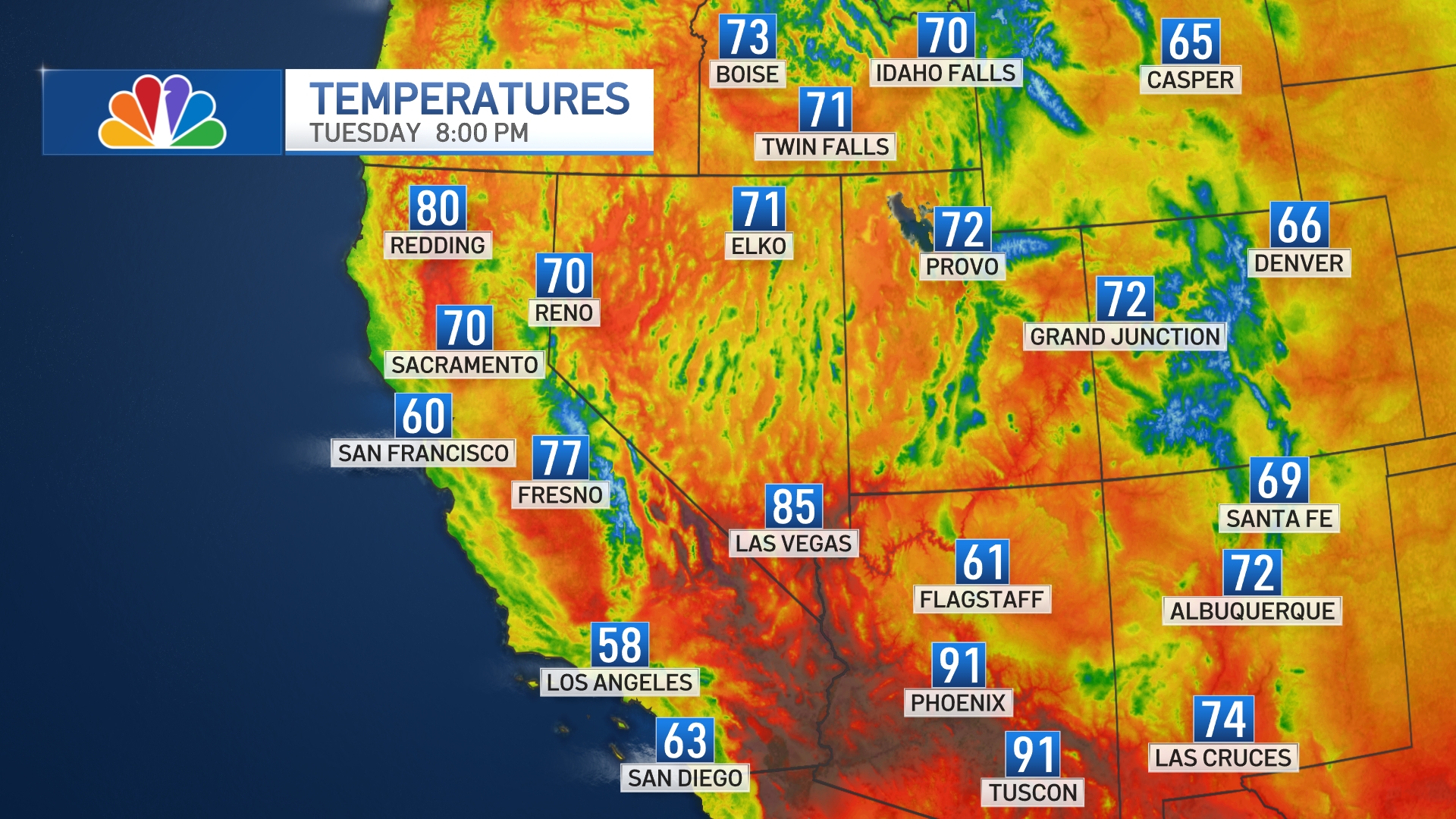

Oroville Dam antecedent conditions flood rain-on-snow terrestrial water input. If the weather tries to dampen your vacation fun, try these things to do on a rainy day in Los Angeles. Sharpening our conceptual understanding of basin-scale ROS better equips water managers moving forward to appropriately classify threat levels, which are projected to increase throughout the mid-21st century. Rain: 3.27 inches (8.3 cm) Sunshine: 8 hours Daylight: 11 hours UV Index: 4 February is in the middle of Los Angeles' rainy season, and sometimes the monthly rainfall happens all on the same day. Given the breadth in plausible ROS flood mechanisms, this case study underscores a need for more detailed measurements of soil moisture along with in-storm changes to snowpack structure, extent, energy balance, and precipitation phase to address ROS knowledge gaps associated with current observational limits.

Our analysis reveals a crucial link between frequent winter storms and a basin's hydrologic response-emphasizing the role of soil moisture "memory" of within-season storms in priming impactful flood responses.
#Los angeles weather february 2017 series#
A series of hydrologic model experiments and subdaily snow, soil, streamflow, and hydrometeorological measurements demonstrate that direct, "passive" routing of rainfall through snow, and increasingly efficient runoff driven by gradually wetter soils can alternatively explain the extreme runoff totals. However, we present evidence that snowmelt may have played a smaller role than previously documented (augmenting terrestrial water inputs by 21%). Prior studies have suggested that snowmelt during ROS dramatically amplified reservoir inflows. Five people drowned in the Greater Los Angeles urban area as heavy rainfall flooded highways, created sinkholes and cut power to 110,000 households. One such sequence of events preceded the evacuation of 188,000 residents below the already-damaged Oroville Dam spillway in February 2017 in California's Sierra Nevada. This precipitation shift also invites more high-impact rain-on-snow (ROS) events, which have historically yielded many of the largest and most damaging floods in the western United States. Mountain snowpacks are transitioning to experience less snowfall and more rainfall as the climate warms, creating more persistent low- to no-snow conditions.


 0 kommentar(er)
0 kommentar(er)
